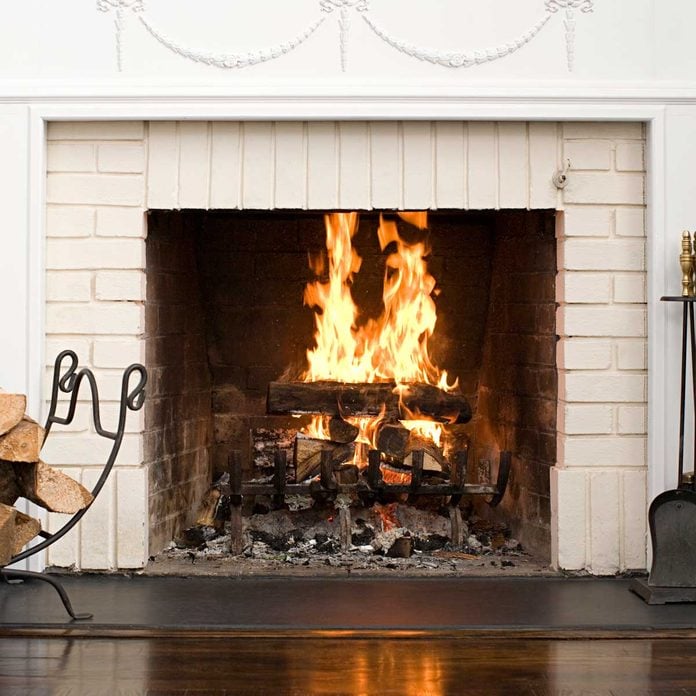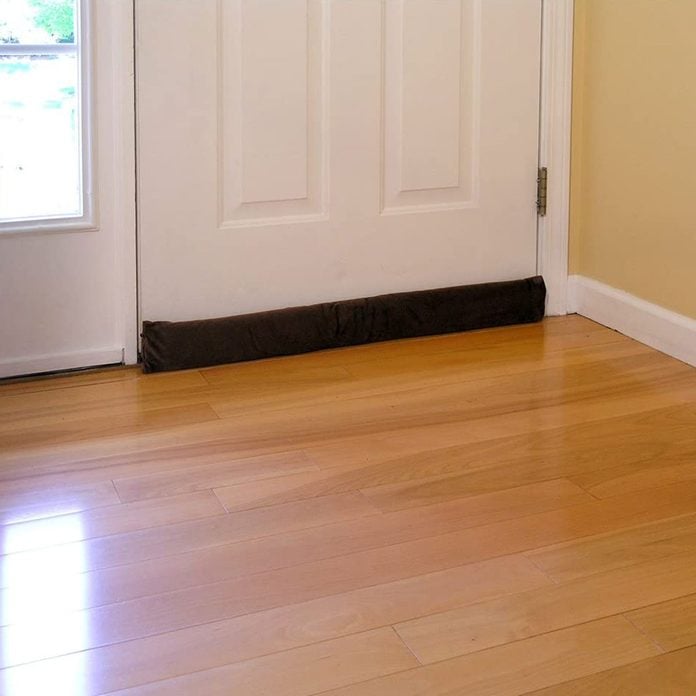 via amazon.com
via amazon.com
Fabric Draft Stoppers
Evelots 2 in 1 Door Draft Stopper
Whether store-bought or handmade, fabric draft stoppers — long, rectangular cloth tubes stuffed with soft, pliable filling — are a stylish and simple way to block drafts that leak through cracks and gaps at the base of fireplace doors, screens and inserts. They even block smoke.
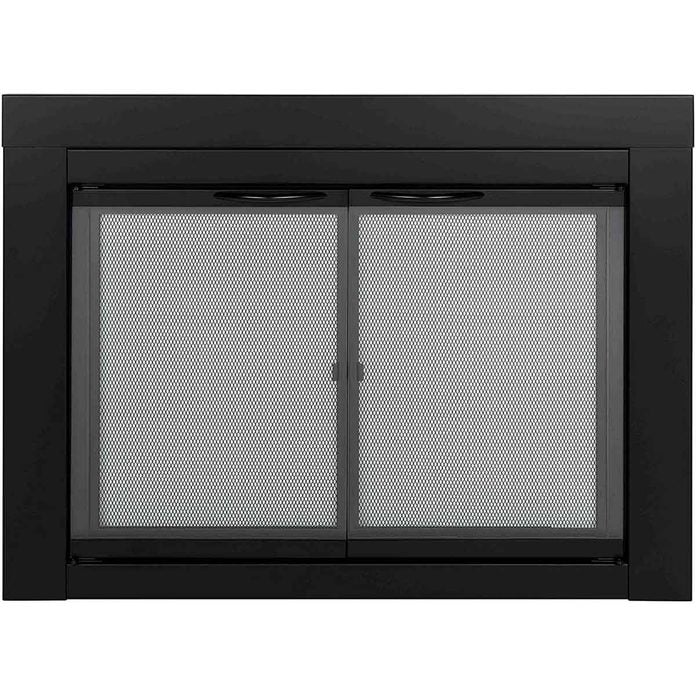 via amazon.com
via amazon.com
Glass Doors
Pleasant Hearth Alpine Fireplace Glass Door
Installing glass doors to the front of an open-hearth fireplace can nearly double the fireplace’s heat efficiency. Not only does the glass stop cold air from entering the room, but it also provides a safety barrier for children and pets. Many styles of tempered-glass, hinged doors come with magnetic latches to keep them tightly closed.
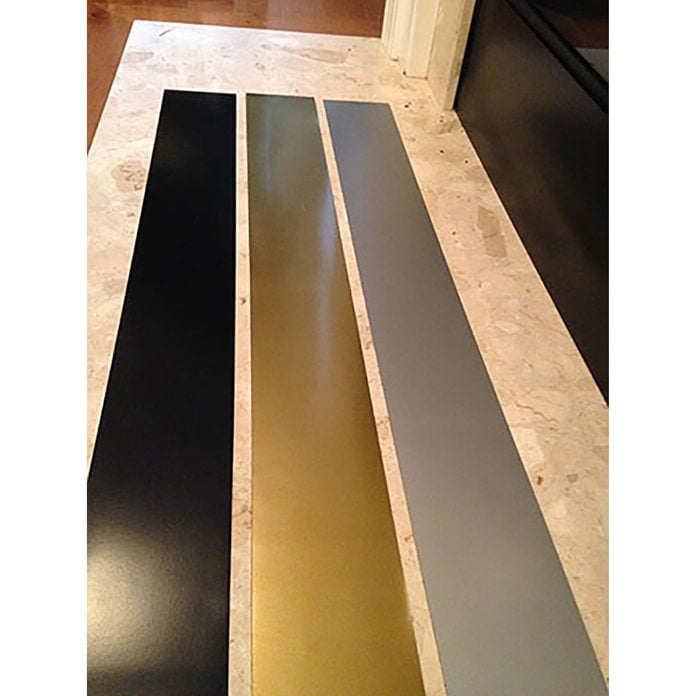 via christywalkercreations.com
via christywalkercreations.com
Vent Covers
Draft Décor Magnetic Fireplace Vent Cover
If you have screen doors or an insert built into your fireplace, the vents along the top and/or bottom of the frame are known to leak up a storm. Installing a magnetic fireplace vent cover over those vents is a smart solution that stops cold air dead in its tracks.
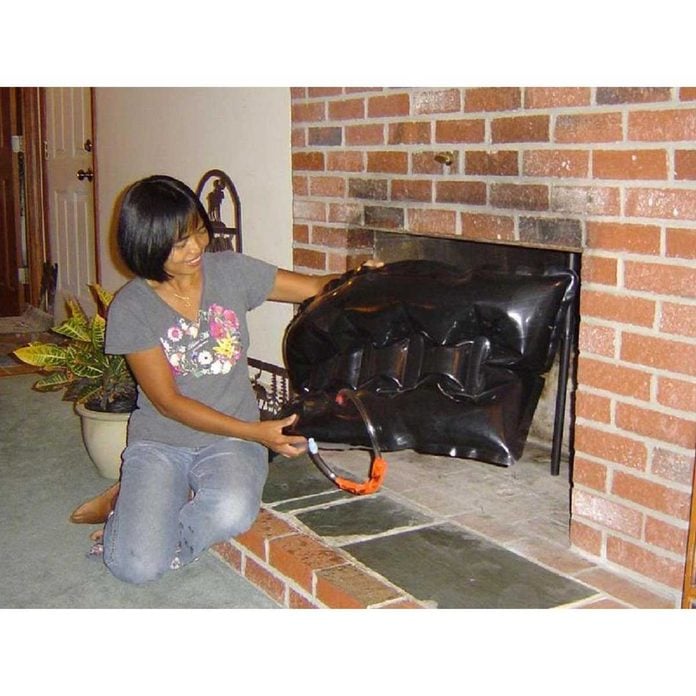 via homedepot.com
via homedepot.com
Fireplace Plugs
Rectangular Fireplace Plug
Fireplace plugs (a.k.a. flue blockers, chimney pillows, draft stoppers and the trademarked Chimney Balloon) are an inexpensive way to choke off drafts when a fireplace is not in use. Made of inflatable urethane or cut-to-size foam, they fit snugly up against your damper to lessen the chilling effect of a cold-air draft inside your home.
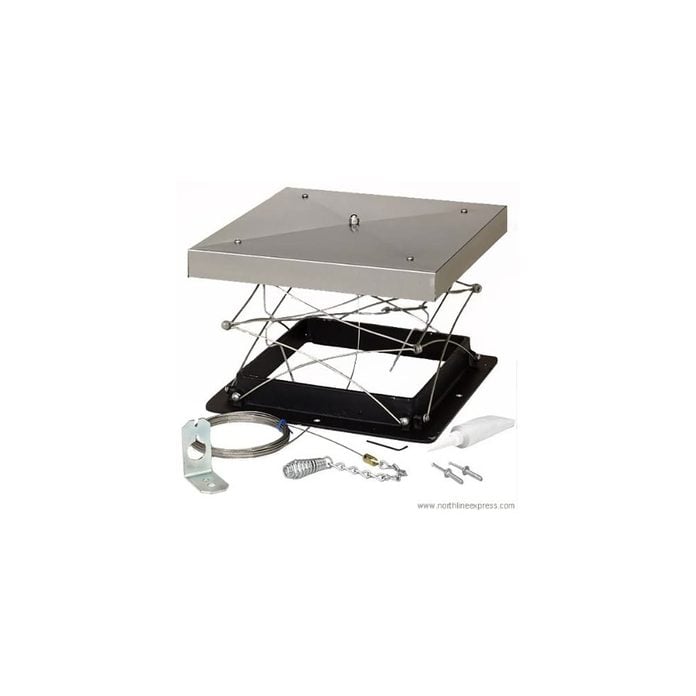 via amazon.com
via amazon.com
Chimney Caps
Lock-Top Stainless Steel Energy-Saving Damper
Besides guarding against rainwater and pesky wildlife entering your home through the chimney opening, adding a spring-loaded or lock-top chimney cap eliminates blustering downdrafts. An air-tight, adjustable cover helps improve fireplace efficiency while saving you money that would otherwise go up in smoke.
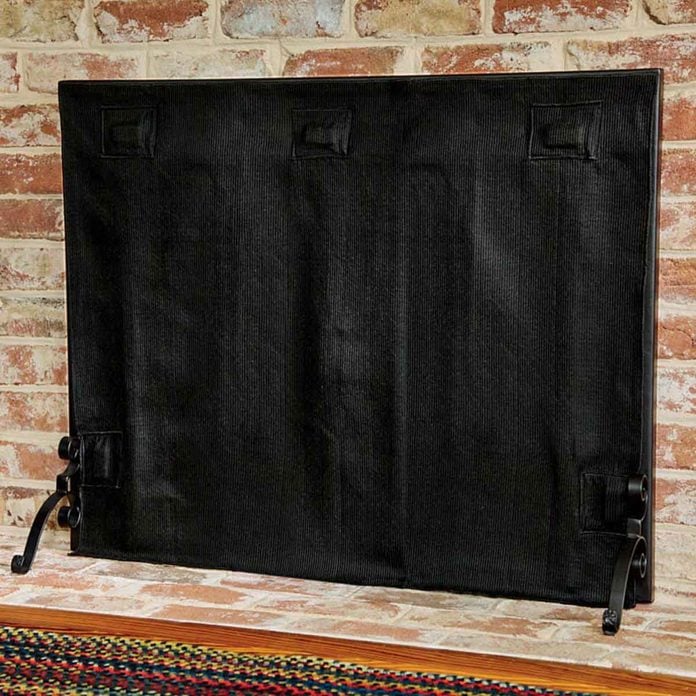 via plowhearth.com
via plowhearth.com
Fireplace Blankets
Pavenex Fireplace Blanket
If you have a brick, wood-burning fireplace in your home, consider investing in a fireplace blanket. This fire-resistant, carbon fiber hearth cover is designed to attach to your metal screen via strong magnets. It effectively guards against cold air coming in and heat escaping into the atmosphere while you’re fast asleep.
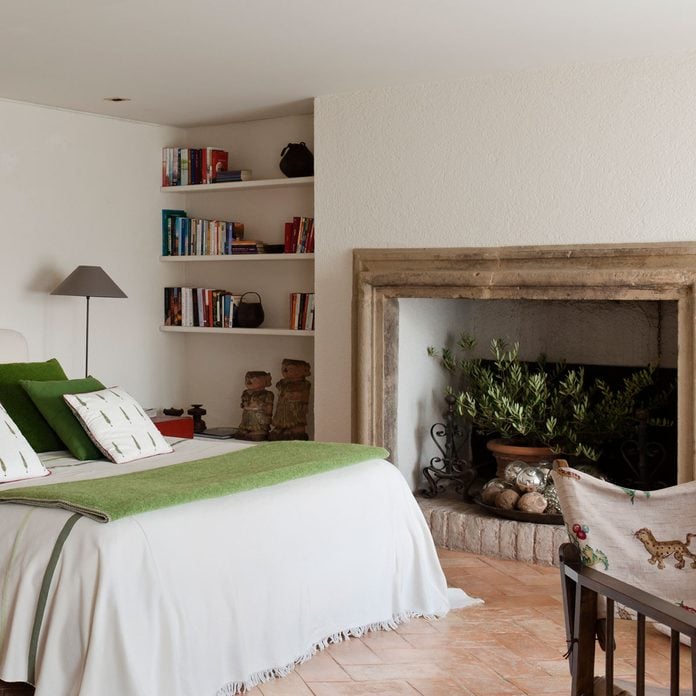
Seal Your Fireplace Forever
Tired of battling drafts that raise your heating costs when you haven’t used your fireplace in years? Why not seal off your fireplace permanently?
To cover the fireplace, start by cleaning the chimney thoroughly and covering up the rooftop chimney cap. Next, close the damper, insert insulation into the flue and secure it. Now add houseplants, bookshelves or completely brick-over the space. You now have a no-fuss, faux fireplace.
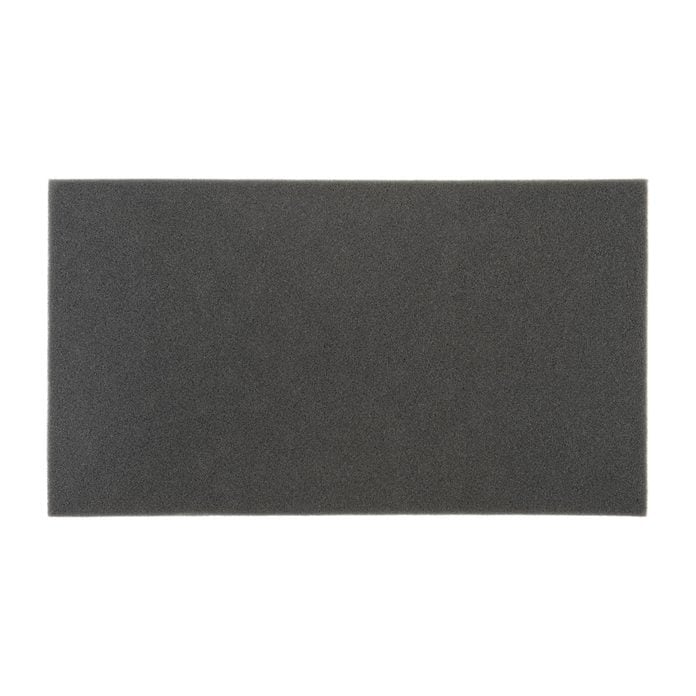
DIY Removable Cover
One of the best ways to close off drafty airflow from your fireplace, especially when it won’t be used for a while, is to create a decorative and removable cover that you can pop in and out. Cut two-inch-thick foam to the shape of the opening; subtract about an 1/8- to 1/4-inch around all sides to leave room for wrapping with material. Cover the foam with a cozy blanket or fun fabric to match your decor.
Why Trust Us
I’m a culture and lifestyle writer, reviews expert and DIYer covering an array of home topics. She has researched a lot of products and knows how to find and recommend ones that will work best for homeowners looking to solve a specific problem.
I consulted Russ Dimmitt, the Director of Education at the Chimney Safety Institute of America. Dimmitt has nearly three decades in the chimney and venting industry. He educates chimney sweeps and professionals on the latest products, safety protocols and all other aspects when it comes to chimneys.
FAQs
When do you need to use a fireplace draft stopper?
Use a fireplace draft stopper if you notice that cool air (or warm air in the summer) is getting into your home through your fireplace. If you don’t have a fireplace draft stopper, it can cause your home to be uncomfortable and will most likely cause you to pay more to heat or cool your home. Dimmitt breaks down the science further.
“Air moves out of the home through the flue for two reasons. The first is warm air rises, and if you have paid to heat that air—such as in the winter—that will negatively impact your heating bill. The second is a pressure issue in the home compared to the outside. Air will flow into the home if it is under negative pressure (most homes are designed to operate under a slight negative pressure). The air flowing into the home may be warm or cold depending on the season.”
What safety concerns should you be aware of when using a fireplace draft stopper?
Dimmitt says that the most important thing to remember is to remove the fireplace draft stopper before the fireplace is put into operation. If you’re using a glass door or blanket, it’s easy to remember. However, if you’re using a plug or balloon, you may forget to move it. Failing to remove the draft stopper prevents smoke and flames from exiting the home and could cause serious danger.

